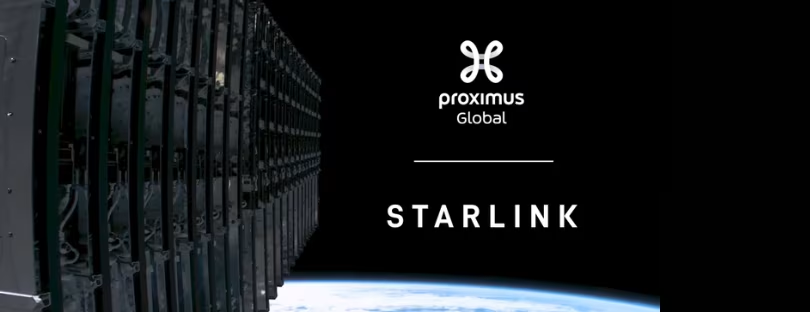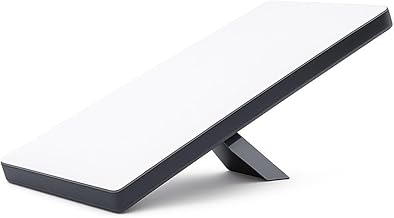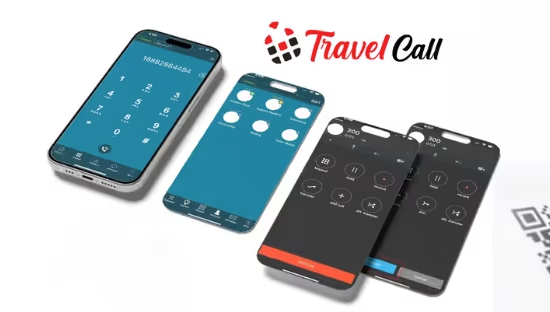
Starlink Picks BICS to Power Europe’s Satellite-to-Phone
BICS, a Proximus Global company, has secured a major role in the future of satellite-to-mobile connectivity in Europe. In a new strategic partnership, Starlink has selected BICS as its preferred IPX provider, giving the satellite giant a secure, roaming-grade path to interconnect with mobile network operators and expand its direct-to-cell satellite service. For anyone watching the fast-moving world of satellite-to-device (D2D) communications, this is a meaningful shift.
Starlink gains a European integration layer built on decades of roaming expertise, while operators gain a straightforward way to plug into space-based coverage without having to reinvent their networks. And it all comes at a moment when ordinary LTE smartphones are beginning to connect directly to satellites, no special hardware required.
How Proximus Global’s IPX Enables Starlink’s Direct-to-Cell Ambitions
An IPX network is essentially a private, secure backbone for global roaming traffic. It guarantees quality, security, and interoperability between mobile operators. Now Starlink gets to ride on that same backbone. Proximus Global’s IPX acts as the bridge between Starlink and European operators. Through it, standard smartphones can connect directly to Starlink satellites in areas where no terrestrial coverage exists. This removes a huge barrier for operators who want to offer satellite backup without building new infrastructure. Even more importantly, the partnership also builds the foundation for Starlink’s next-generation constellation, which aims to deliver broadband speeds directly to smartphones. Starlink’s VP of Engineering, Mike Nicolls, said the collaboration ensures Starlink can provide harmonized-spectrum satellite-to-mobile services across Europe while boosting data security for operators. Ending dead zones may sound like a marketing slogan, but with IPX integration, it edges closer to reality.
Kyivstar Becomes the First Operator to Plug In
The first operator taking advantage of this setup is Kyivstar, Ukraine’s largest mobile carrier. The choice makes perfect sense. Ukraine has faced repeated attacks on telecom infrastructure, leaving gaps that can be critical in emergencies. With base stations damaged or fibre lines severed, satellite connectivity becomes the safety net. By integrating through the Proximus Global IPX, Kyivstar can maintain mobile service even when local infrastructure is compromised. It is a practical, real-world demonstration of why satellite-to-device matters—not just as a future technology, but as a lifeline when traditional networks fail.
Proximus Global Sees Satellite as an Extension, Not a Threat
There’s a long-running narrative that satellite connectivity will disrupt mobile operators. Proximus Global rejects that idea entirely. Ben Vandermeulen, the company’s Chief Revenue Officer, says satellites are not here to replace operators but to extend what operators can offer. In this model, everybody benefits. Satellite companies gain access to existing operator markets. Operators get a clean way to fill coverage gaps in rural regions, mountains, offshore areas, and disaster zones. Consumers simply experience more reliable connectivity, with less worry about signal blackouts. This also marks a significant milestone for Proximus Global itself. BICS has spent over 20 years building one of the most advanced IPX infrastructures worldwide. Plugging Starlink into that system shows how satellite and terrestrial networks can finally operate as part of the same connectivity fabric.
Where Starlink Fits in the Satellite-to-Phone Industry Race
Starlink’s Direct to Cell service is already the largest operational satellite-to-phone system, with more than 650 satellites capable of delivering data, voice, video, and messaging directly to LTE phones. The company is moving fast, launching new satellites monthly and signing partnerships with mobile operators around the world. But Starlink is not alone in this race. AST SpaceMobile is developing true 5G satellite broadband for phones, backed by Vodafone, AT&T, and Rakuten, though its constellation is still small. Lynk Global has regulatory approvals in many countries and focuses on messaging-first connectivity. Apple’s Emergency SOS via satellite set a consumer benchmark but remains limited to emergency use. Industry analysts from GSMA Intelligence, Analysys Mason, and Northern Sky Research all agree that the market is shifting toward hybrid networks—where satellite and terrestrial systems work together rather than compete. That’s exactly the model Starlink and Proximus Global are now operationalizing in Europe.
Conclusion: This Partnership Sets the Pace for Europe’s Next Connectivity Leap
The Starlink–Proximus Global agreement is more than a technical integration. It reflects a broader shift toward hybrid, universal coverage that blends satellites with terrestrial networks. Compared with emerging rivals like AST SpaceMobile or Lynk Global, Starlink now advances with three advantages: scale, rapid deployment, and an established integration path through IPX. This puts Europe on track to become a leader in mainstream satellite-to-device adoption. And according to reliable sources such as GSMA and NSR, the satellite-to-phone sector is expected to accelerate sharply until 2030, with operator partnerships becoming the defining model. Instead of satellites replacing mobile networks, the future looks collaborative. Europe’s biggest roaming backbone meets the world’s biggest satellite fleet—and the result is a connectivity layer that finally works where towers don’t. This partnership sets a new benchmark, and the rest of the industry will need to move quickly if they want to keep pace.











